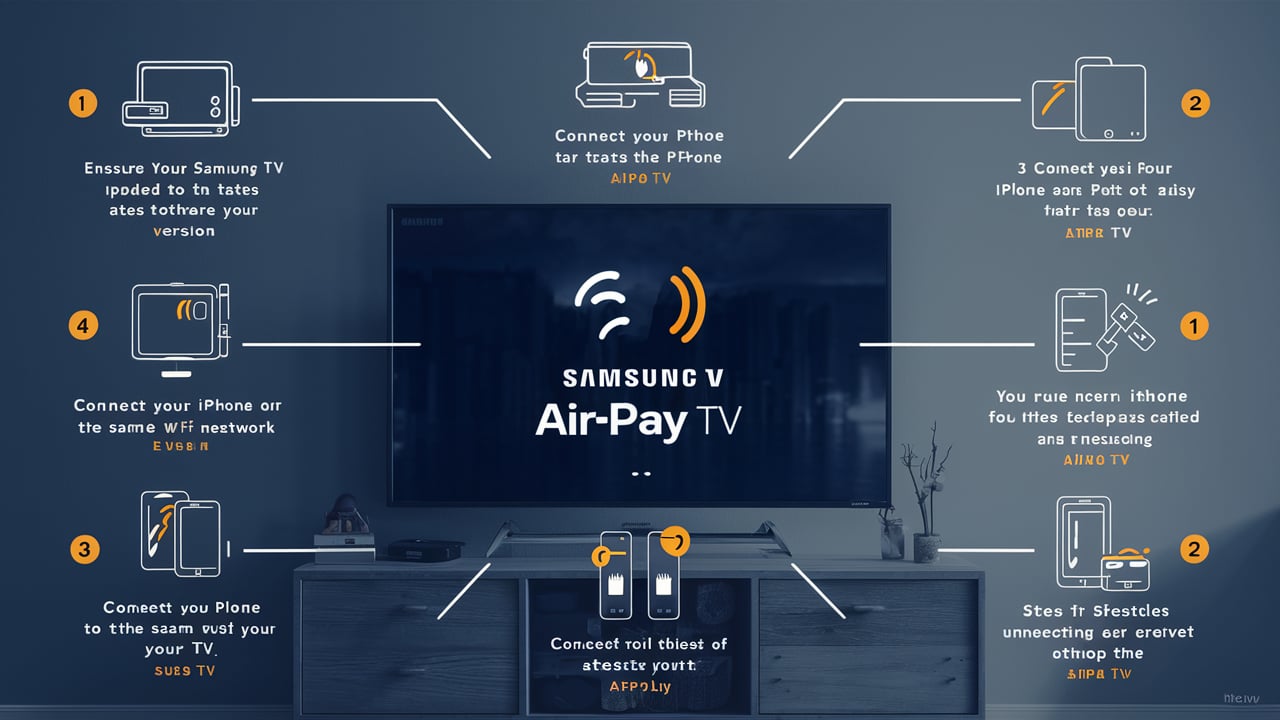Wireless communication is essential in today’s connected world, providing the convenience of data transmission without physical connections. However, this convenience comes with significant risks. Wireless networks are vulnerable to threats compromising data integrity, confidentiality, and availability.
Understanding these vulnerabilities is crucial for protecting sensitive information. This article explores the vulnerabilities of wireless communication, types of wireless communication, identifies common vulnerabilities, and discusses strategies for mitigating these risks, helping to safeguard our digital lives against potential threats.
Types of Wireless Communication
Wireless communication encompasses various technologies, each with its applications and vulnerabilities. Understanding these types helps identify specific risks and implement appropriate security measures.
Wi-Fi
Wi-Fi is one of the most common forms of wireless communication used in homes, businesses, and public spaces to provide internet access. Wi-Fi networks transmit data over radio waves, which can be intercepted if not adequately secured.
Bluetooth
Bluetooth technology enables short-range communication between smartphones, headphones, and computers. While convenient for pairing devices, Bluetooth can be susceptible to attacks like eavesdropping and unauthorised access.
Cellular Networks (3G, 4G, 5G)
Cellular networks provide mobile communication and internet access over vast areas. These networks are crucial for mobile phones and other portable devices. However, they are vulnerable to interception, jamming, and other cyber-attack forms.
Satellite Communication
Satellite communication allows data transmission over long distances and is often used in remote areas and for global broadcasting. Despite its reach, satellite communication can face threats like signal interception and jamming, which can disrupt service.
By understanding these different types of wireless communication, we can better appreciate the specific vulnerabilities each one presents and the importance of tailored security measures.
Common Vulnerabilities in Wireless Communication
Despite its many advantages, wireless communication has a set of vulnerabilities that malicious actors can exploit. Understanding these common vulnerabilities is critical to safeguarding data and maintaining the integrity of wireless networks.
Interception of Data
- Eavesdropping: Unauthorized interception of data being transmitted over a wireless network. This can occur when attackers use special tools to capture unencrypted data.
- Man-in-the-Middle (MitM) Attacks: Attackers intercept and potentially alter communication between two parties without their knowledge, posing as the intended recipient.
Unauthorized Access
- Weak Encryption: Many wireless networks use outdated or weak encryption protocols, making it easier for attackers to decrypt and access the data.
- Default Passwords: Devices often come with default passwords that users fail to change, providing an easy entry point for attackers.
Data Manipulation
- Replay Attacks: Attackers capture and retransmit data packets to trick a network into executing unauthorized actions.
- Packet Injection involves inserting malicious packets into the data stream, allowing attackers to manipulate communication and potentially gain control over the network.
Denial of Service (DoS) Attacks
- Jamming: Deliberate interference with the radio frequencies used by wireless networks, disrupting communication.
- Signal Interference is unintentional or intentional interference that degrades the performance of wireless networks, leading to a loss of connectivity.
Device Vulnerabilities
- Firmware Exploits: Exploiting vulnerabilities in the firmware of wireless devices to gain unauthorized access or control.
- Insecure Devices: Many wireless devices lack adequate security measures, making them easy attack targets.
Specific Examples of the vulnerabilities of wireless communication
Real-world incidents highlight the risks associated with wireless communication vulnerabilities:
Wi-Fi: KRACK Attack
In 2017, the KRACK attack exposed a flaw in the WPA2 encryption protocol, allowing attackers to decrypt and manipulate Wi-Fi traffic. This incident stressed the need for regular security updates.
Bluetooth: BlueBorne Vulnerability
The BlueBorne vulnerability, discovered in 2017, enabled attackers to take control of devices via Bluetooth without user interaction. This affected many devices and underscored the importance of secure Bluetooth implementations and timely updates.
Cellular Networks: SS7 Exploits
Exploits in the SS7 protocol used by cellular networks allowed attackers to intercept calls and messages, track user locations, and conduct financial fraud. This highlighted the need for improved security in telecom infrastructure.
Satellite Communication: GPS Spoofing
GPS spoofing transmits false GPS signals to deceive receivers about their location, posing navigation hazards for ships and aircraft. This demonstrated the necessity for robust security in satellite systems.
Smart Home Devices: IoT Security Flaws
Many smart home devices have weak security measures, such as default passwords and lack of encryption, making them vulnerable to unauthorized access. This emphasizes securing IoT devices to prevent privacy breaches and unauthorized control.
These examples illustrate the practical impact of wireless communication vulnerabilities and the importance of robust security practices.
Conclusion
Wireless communication offers unparalleled convenience and connectivity, but it also comes with inherent vulnerabilities that can compromise data security. By understanding the types of wireless communication, recognizing common vulnerabilities, and learning from real-world examples, we can better appreciate the importance of robust security measures.
Implementing strong encryption, regular updates, secure configurations, and educating users are essential to mitigating these risks. Additionally, staying informed about emerging threats and advancements in security technologies will help you adapt to new challenges and protect against future vulnerabilities.
Ongoing vigilance and proactive measures are crucial for safeguarding wireless communication and ensuring the integrity and confidentiality of our digital interactions.





















10 thoughts on “What are the vulnerabilities of wireless communication?”
Pingback: WhatsApp Security Code Change: What It Means
Pingback: How to Fix Flickering Lights in Your House: A Comprehensive Guide
Isla Moon very informative articles or reviews at this time.
Your point of view caught my eye and was very interesting. Thanks. I have a question for you.
Your article helped me a lot, is there any more related content? Thanks!
Thank you for your sharing. I am worried that I lack creative ideas. It is your article that makes me full of hope. Thank you. But, I have a question, can you help me?
I don’t think the title of your article matches the content lol. Just kidding, mainly because I had some doubts after reading the article.
Can you be more specific about the content of your article? After reading it, I still have some doubts. Hope you can help me.
Thanks for sharing. I read many of your blog posts, cool, your blog is very good.
Your point of view caught my eye and was very interesting. Thanks. I have a question for you.